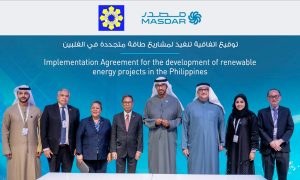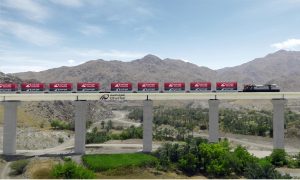‘One in four’ PPP projects abandoned in MENA region
Report finds that 23% of PPP projects studied failed to conclude in a deal

New research has found that nearly one in four public private partnerships (PPP) projects launched in the Middle East and North Africa are abandoned.
According to findings in MEED’s latest report on the region’s PPP market, 23% of the 80 PPP projects brought to market in the MENA region since 1996 have failed to conclude in a deal. The primary reason identified for this discrepancy is that governments failed to offer deal structures that were attractive to investors, because they carried too much market risk.
This was either down to a lack of detail in the project scope, or inadequate guarantees over revenues, the report added.
The findings come as governments across the region are turning to PPP contracts to deliver key projects, so as to reduce spending in response to low oil earnings.
MEED said that it had analysed more than 100 projects across the MENA region, including 80 PPP projects that have reached the prequalification stage since 1996.
The results showed that close to 49% of all PPP projects brought to the market in the MENA region had reached financial close, while 23% failed to reach financial close.
The remainder of the debts, of about 28%, remain at various stages of development, ranging from seeking expressions of interest (EoI) from potential developers, to having signed a PPP contract, but still working towards financial close.
The analysis of the market highlighted the importance of carefully selecting projects and conducting thorough feasibility and financial studies before the projects are brought to market. The most common reasons given for the failure of a PPP deal to concluded was poor deal structuring, with investors feeling that they’ve been asked to accept structures that require them to accept high levels of risk, while expected revenues remain unclear.
As a result of these poorly defined deal structures, investors are forced to increase their contract bid prices so as to mitigate their exposure to potential and unforeseen risk. As a result, the overall cost of a project rises, making it economically unviable.
One example highlighted in the report was Egypt’s 6 October Wastewater Treatment Plant PPP, which was launched by Cairo in 2009, and was abandoned in 2012 after studies showed higher-than-expected levels of industrial wastewater required to be treated.
This required more advanced pre-treatment technology than had been anticipated, resulting in the project being prohibitively expensive.
Despite PPP having become an established method for delivering government projects around the world, it still has a relatively low uptake in the Middle East.

























